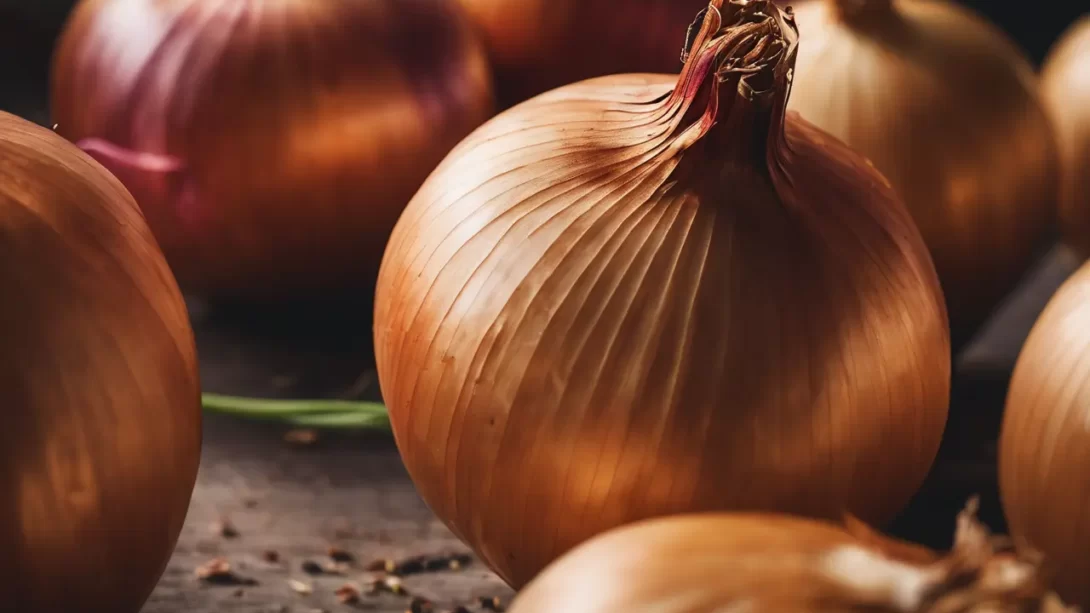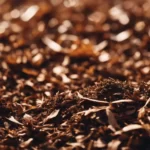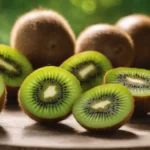Onions, known scientifically as Allium cepa, are more than just a staple in kitchens worldwide; they are a fascinating example of plant biology. This article delves into the intriguing question: Are onions alive? To answer this, we’ll explore the biological makeup of onions, their life cycle, and how they fit within the criteria of living organisms.
The Basic Biology of Onions
The onion is a bulbous plant, a member of the Amaryllidaceae family, closely related to garlic, leeks, and chives. Its structure is comprised of tightly packed leaf bases, each layer representing a part of the onion’s growth. The roots at the base anchor the plant and absorb nutrients, while the bulb grows underground, acting as a storage organ.
An onion’s life begins as a seed. Once planted, it germinates and grows into a small bulb. This bulb then develops into a full-sized onion over the course of its growing season. The process involves a series of developmental stages, where the plant undergoes vegetative growth followed by bulb formation, maturation, and finally, dormancy.
Defining Life in Biological Terms
To understand if onions are alive, it’s essential to first define what it means to be ‘alive’ in biological terms. Life is typically characterized by several key processes: metabolism (the chemical processes occurring within a living organism to maintain life), growth, response to stimuli, and reproduction. Each of these aspects plays a crucial role in determining whether something is considered living or not.
In the context of onions, we examine these criteria closely. As a plant, an onion exhibits metabolism through photosynthesis and respiration. Growth is evident in the expansion of the bulb and the development of roots and shoots. Onions also react to environmental stimuli, such as light and temperature changes, which guide their growth patterns and dormancy triggers. Reproduction occurs both sexually, through flowering and seed formation, and asexually, through the formation of new bulbs.
Are Onions Alive When We Buy Them?
Upon purchasing onions, one may wonder if they still exhibit the characteristics of living organisms. The answer is yes, but in a dormant state. This dormancy is a survival mechanism, allowing the onion to conserve energy until conditions are suitable for growth. During this period, metabolic processes are significantly reduced, but not entirely halted. This means that, while dormant, onions still maintain a form of life, albeit at a minimal level.
This dormant state can be interrupted when conditions change. For example, exposure to moisture or warmer temperatures can signal to the onion that it’s time to resume growth. This is why onions often sprout if left in storage for too long, as they begin to prepare for a new growth cycle.
The Lifecycle of an Onion in the Garden
When planted in a garden, the lifecycle of an onion becomes more evident. The process begins with either onion seeds or sets (small bulbs). Once in the soil, onions need a period of cooler temperatures to establish roots. As the weather warms, the plant begins to grow vigorously. The onion’s green tops absorb sunlight and carbon dioxide for photosynthesis, fueling the bulb’s growth.
As the growing season progresses, the tops of the onion plant will eventually begin to yellow and fall over. This indicates that the bulb has reached maturity and is ready for harvest. After harvesting, the bulb enters a dormant state, during which it can be stored for extended periods.
Onions in Storage: Dormancy and Sprouting
In storage, onions continue to live in a dormant state. The key to their longevity in storage is the dry, papery outer layers that protect the inner flesh. These layers help prevent moisture loss and protect the onion from physical damage and microbial decay.
However, if the conditions in storage change, such as increased humidity or temperature fluctuations, onions may exit dormancy and begin to sprout. Sprouting is a sign that the onion has reactivated its life processes and is attempting to grow again. This is often accompanied by the development of green shoots and roots, and a change in the texture and flavor of the onion bulb.
Harvesting and Consuming Onions
When onions are harvested, their biological processes enter a crucial phase. Harvesting effectively ends the growth cycle of the onion plant. The bulb, now separated from its roots, no longer absorbs nutrients from the soil. However, the cells within the onion remain alive, continuing their metabolic activities at a reduced rate. This is why harvested onions can be stored for a prolonged period.
The act of cooking or consuming an onion marks the end of its biological life. Cooking particularly alters the onion’s cellular structure, effectively halting its metabolic processes. This transformation is not just biological but also culinary, as cooking releases the flavors and aromas that make onions a beloved ingredient worldwide.
The Environmental and Cultural Impact of Onions
Beyond their biological life, onions have a significant environmental and cultural impact. As a crop, they are relatively easy to grow and store, making them a sustainable choice for both home gardens and commercial agriculture. Culturally, onions have been a part of human diets for thousands of years, featured in cuisines around the globe.
This deep connection with human culture and agriculture underscores the importance of understanding onions not just as a food item, but as a living part of our ecosystem. Their life cycle, from seed to sprout to harvest, is a remarkable journey that intertwines with human life at every step.
Conclusion
In conclusion, onions are indeed alive, exhibiting the key characteristics of living organisms throughout their lifecycle. From a dormant state in storage to active growth when conditions are favorable, onions demonstrate the fascinating adaptability and resilience of plants. Understanding the biological life of onions enriches our appreciation for these common yet extraordinary components of our diets and gardens. This knowledge not only enhances our culinary experiences but also deepens our connection to the natural world.



